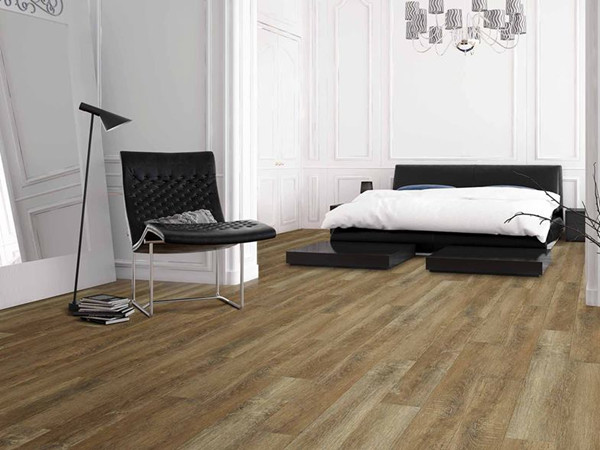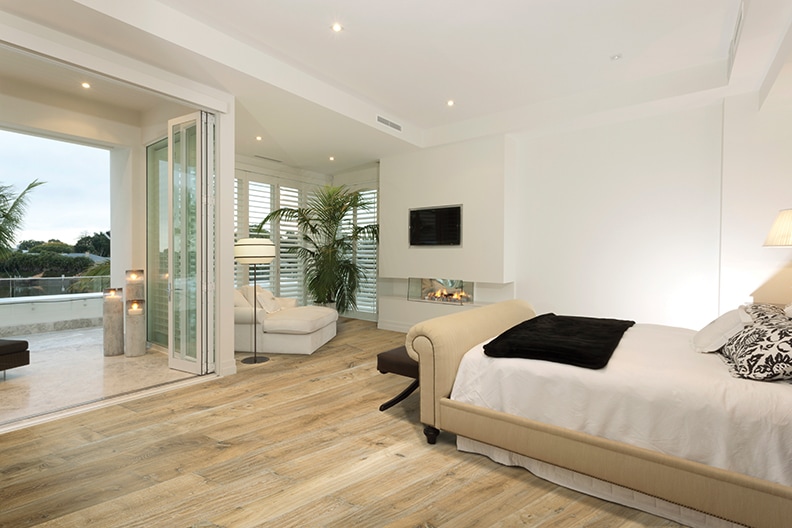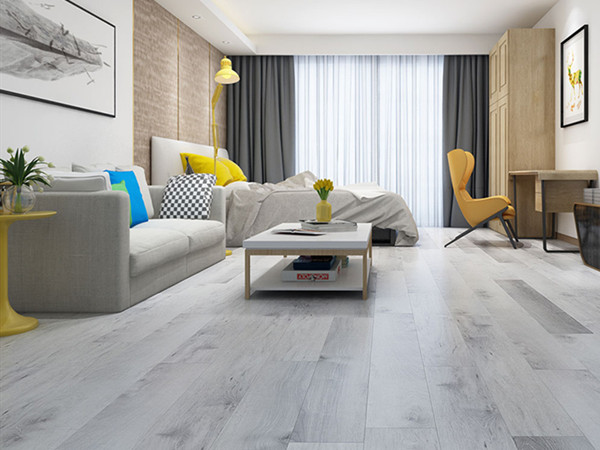

- 0086 13321818576 (Steven Lee)
- info@3c-floor.com
Two types of rigid core luxury vinyl are Stone Plastic Composite (SPC) and Wood Plastic Composite (WPC). When it comes to SPC vs. WPC flooring, it is important to note that while both share a variety of traits, there are differences between the two that should be considered when deciding which will work best for your space or interior design project.
SPC, which stands for Stone Plastic (or Polymer) Composite, features a core that is typically comprised of around 60% calcium carbonate (limestone), polyvinyl chloride and plasticizers.

WPC stands for Wood Plastic (or Polymer) Composite. Its core typically consists of polyvinyl chloride, calcium carbonate, plasticizers, a foaming agent, and wood-like or wood materials such as wood flour.

The makeup of WPC and SPC is relatively similar, though SPC consists of far more calcium carbonate (limestone) than WPC, which is where the “S” in SPC stems from; it has more of a stone composition.
In order to better understand the similarities and differences between SPC and WPC, it is helpful to look at the following quantifiable qualities: Look & Style, Durability & Stability, Applications, and Cost.
1.Durability & Stability
Because SPC’s core layer is comprised of limestone, it has a higher density in comparison to WPC, though is thinner overall. This makes it more durable compared to WPC. Its high density offers better resistance from scratches or dents from heavy items or furniture being placed on top of it and makes it less susceptible to expansion in cases of extreme temperature change.
SPC and WPC are actually waterproof resistant, topical spills or moisture should not be an issue if properly cleaned in a reasonable amount of time.

2.Look & Style
With today’s digital printing technologies, SPC and WPC tiles and planks that resemble wood, stone, ceramic, marble, and unique finishes are easy to produce both visually and texturally.Aside from design options,both SPC and WPC flooring can be made in a variety of formats including wider or longer planks and wider tiles.

3.Applications
Rigid core products including WPC and SPC were originally created for commercial markets because of their durability.
However, homeowners have started using rigid core as well because of its ease of installation, design options and durability.
Another highlight for both SPC and WPC is that they do not require extensive subfloor prep prior to installation. Floor imperfections like cracks or divots are more easily hidden with SPC or WPC flooring due to their rigid core composition.
And, when it comes to comfort, WPC is generally more comfortable underfoot due to the foaming agent it is typically comprised of.
In addition to offering more cushion when walking, the foaming agent in WPC provides more sound absorption than SPC flooring does, although many manufacturers offer an acoustic backing that can be added to SPC.

4.Cost
SPC and WPC flooring are similar in price, though SPC is typically slightly more affordable. When it comes to installation costs, both are comparable overall since neither requires the use of an adhesive and both are easily installed with their click locking system. In the end, this helps to reduce installation time and costs.
